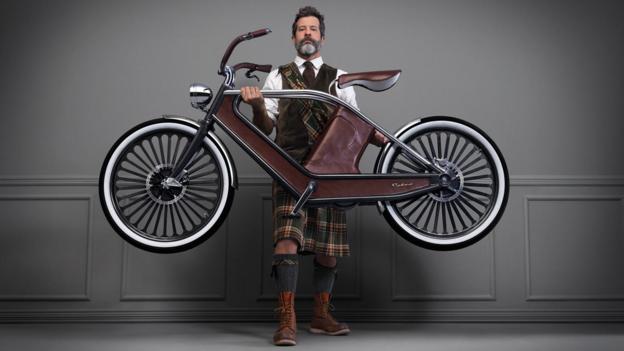
According to the Earth Policy Institute, a US-based environmental advocacy group, bicycle production
quadrupled between 1950 and 2007. During the same period, car production merely doubled. It's a trend that continues to this day, accelerated by rising fuel prices and urban congestion. And during the last 10 years, the bicycle has enjoyed something of a renaissance, thanks to ever-greater availability of lightweight materials, advanced safety and comfort features, and electric-motor-assist systems.Bicycles are becoming more beautiful, too. Small manufacturers, custom shops and independent designers are reinventing the humble two-wheeler with cutting-edge shapes and technologies. Herewith, we pick 10 of our favourites. (Photo: Cykno electric cycle, courtesy of Engeenius)
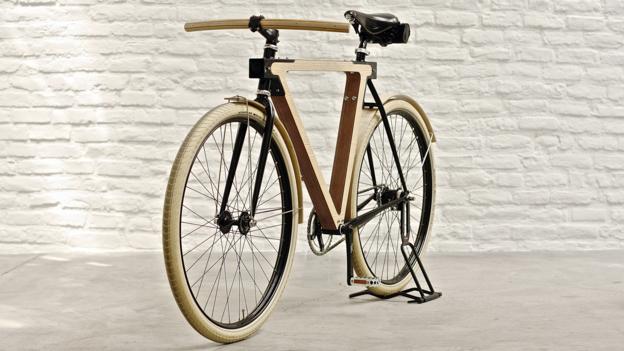
BSG Wood.b Duomatic
Country of origin: France
Details: French bikemaker BSG’s Wood.b line of cycles combine metal pieces with structural components made of exposed ash plywood. The finished product – which is every bit as pricey as it looks – seems closer to art than machinery. Don't be fooled: BSG’s frame promises exceptional durability, and the use of painted aluminium components keeps weight to a manageable 35lbs. This beauty is a beast.
Price: €3190 (about $4230)
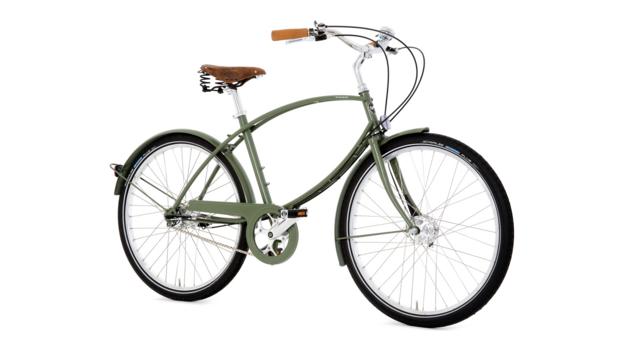
Pashley Parabike
Country of origin: UK
Details: Bikemaker Pashley, which has been in business since the days of King George V, is known for its classically styled, eminently English cycles – bikes with Brooks sprung saddles and ding-dong bells and big wicker baskets. Pashley's new Parabike mines British history, as well, albeit a less genteel chapter of it. The cycle recalls a WWII-era two-wheeler called the Airborne bicycle, which was carried into occupied France by British paratroopers. Pashley's version, while not designed with skydiving in mind (the original featured a folding frame that strapped to the 'trooper's body), is a classic in its own right, with a bowed multi-tube frame that is at once nostalgic and forward-thinking.
Price: £545 (about $900)
(Photo: Pashley Cycles)

Vanmoof S Series
Country of origin: Netherlands
Details: Amsterdam's Vanmoof has been colonising the gallery districts of major world capitals since 2009, winning aesthetes over with its bikes' Tinker Toy-like forms, tough materials and emphatically Dutch brand of sprezzatura. The S Series commuter bike builds on the no-frills original cycle without cluttering up the works. An eight-speed Shimano internal hub helps a rider handle hills, while disc brakes provide the stopping power of far more sophisticated – and far pricier – road bikes.
Price: $1,048 (S3 model, 28in wheel)
(Photo: Vanmoof)
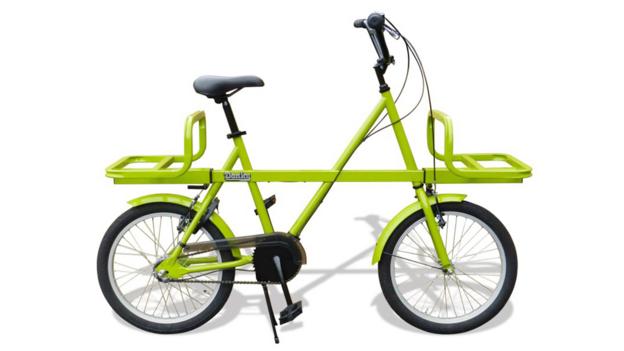
Donky Bike
Country of origin: UK
Details: The Donky Bike is a nontraditional beauty, to be sure, a bike that prioritises strength, simplicity and urban maneuverability over sensual lines or luxurious trappings. The cycle – which was nominated for a Design of the Year award by London's Design Museum – is BMX-inspired, with tough 20in wheels and a stocky frame bisected by a load-bearing steel beam, upon which are mounted front and rear cargo racks. It's a devoted hauler, but unlike traditional cargo bikes, which can stretch 8 feet or more end to end, the Donky is compact enough to park in the front hallway of a typical city flat.
Price: £499 (about $830)
(Photo: Donky)

Viks Steel Urban Cycle
Country of origin: Estonia
Details: It was just a matter of time. Given single-speed cyclists' pathological fixation with minimalism, Estonia's Velonia – a boutique studio founded and manned by Indrek Narusk – has lopped off the seat tube right where it stood. The resulting bicycle, the Viks, is a noodly abstraction fashioned from just two steel tubes, joined at the head tube below the handlebar. Shown above in "Lamborghini Orange" powdercoat, a Viks can be configured for either fixed or freewheel riding, although Narusk cautions that handlebar-mounted brakes are a tricky fit, given the bar's unusual 30mm diameter. Best to go brakeless, in other words.
Price: Contingent on build specification.
(Photo: Viks)
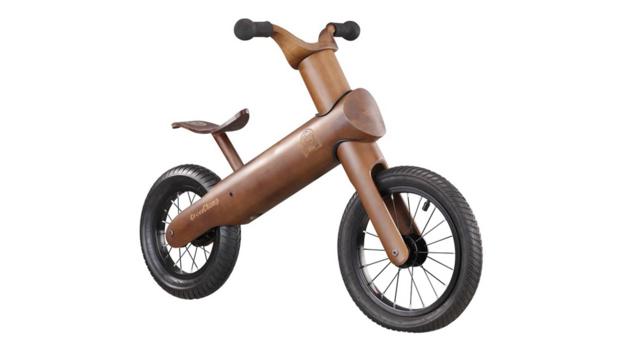
GreenChamp Original
Country of origin: Singapore
Details: Youth, said George Bernard Shaw, is wasted on the young. So is this simply beautiful bamboo balance bike, made by Kickstarter-funded GreenChamp. For the uninitiated, a balance bike is a pedal-less two-wheeler intended to teach riding skills more effectively than that traditional staple of childhood, the tricycle. Beyond such worthy considerations as sustainability and carbon footprint, the GreenChamp Original is a triumph of design. Bamboo fibres are infused with honey (yes, honey) to prevent cracking, and the tubes feature dual-wall construction for maximal rigidity. To be young again...
Price: $165
(Photo: GreenChamp Bikes)
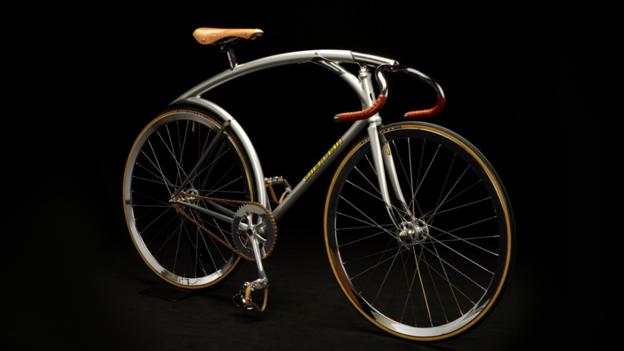
Cherubim HummingBird
Country of origin: Japan
Details: Supplier to the Japanese national cycling team at the 1968 Olympics in Mexico City, Cherubim has pride and provenance to spare. Its legacy of steel-frame sculpture is now carried forward by Shinichi Konno, son of company founder Hitoshi Konno. With a taste for retro-tinged velodrome machines that take daring detours – the HummingBird build above forgoes a traditional seat tube and arches its back precariously over the rear wheel – it is safe to assume Shinichi-san is not eyeing Olympic glory. He must content himself knowing that he builds what are widely regarded as the most beautiful bikes in the world.
Price: N/A
(Photo: Cherubim)

Faraday Porteur
Country of origin: US
Details: Electric bicycle builders are getting wise to housing unsightly batteries and motors out of view, yet few builders hide these pedal-power supplements as deftly as Faraday. Based in the cycling mecca of Portland, Oregon, Faraday builds its Porteur utility bikes with lithium-ion batteries packed inside the frame tubes, preserving the cycle's clean, collegiate lines. Up to 15 miles (24km) of electric assist is available at the push of a button, and light-sensing LEDs begin to blink at sunset. Up front, an optional integrated rack is ready to lug the groceries, books and well-cultivated smugness of the lucky rider.
Price: $3,500
(Photo: Faraday Bikes)
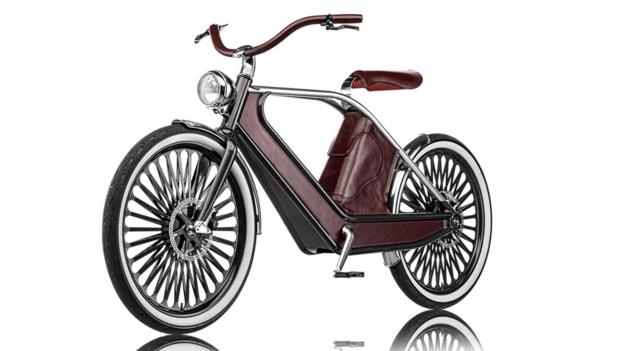
Engeenius Cykno
Country of origin: Italy
Details: Never mind the price tag, which is greater than a new Alfa Romeo MiTo: There is nothing sensible about the Cykno electric-assist two-wheeler. This Italian beauty features a monocoque frame, front forks and 26-inch radial-spoke wheels made of carbon fibre composite, which, despite an array of electric-drive hardware, keeps weight to a not-unwieldy 57lbs. The Cykno's leather-wrapped centre section contains a 250- or 500-watt electric motor, a lithium-polymer battery pack and an on-board charger with cable. Full charge from a standard household outlet takes four hours, and the Cykno will cruise in pedal-assist mode for a generous 37 miles – perfect for a long day of Roman roamin'.
Price: $22,000 (est)
(Photo: Engeenius)

World Bicycle Relief Buffalo
Country of origin: Angola/Kenya/South Africa/Zambia/Zimbabwe
Details: To many eyes, the bike you see here is, well, just a bike. But to millions of people across Africa who rely on pedal power to move themselves, their families and their goods, the Buffalo is very beautiful, indeed. The brainchild of the US-based charity World Bicycle Relief, the Buffalo is assembled by trained local workers at facilities in several African nations. From there, the bikes are donated to non-governmental organisations or sold to consumers across the continent. Its prim look, intended to recall classic British touring bikes, belies genuine brawn. Like its bovine namesake, the Buffalo bike is built for the rigors of African use – heavy loads, rough terrain and infrequent maintenance (each one includes a small tool kit and a tire pump).
Price: $150 (est)
(Photo: World Bicycle Relief)
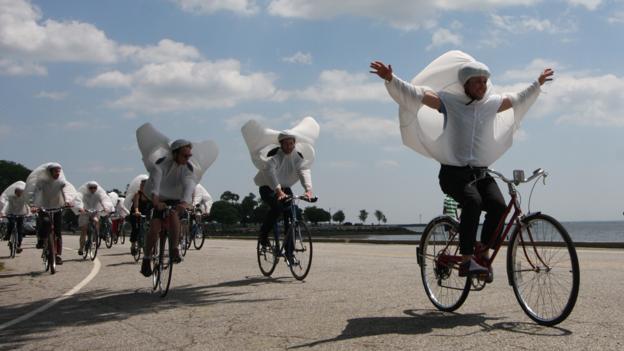
*Bonus* The Aeolian Ride
Country of origin: US
Details: Created in 2004 by New York-based multimedia artist Jessica Findley as a response to the destruction wrought in Lower Manhattan three years prior, the Aeolian Ride renders every bicycle, no matter how dilapidated, beautiful. Riders don hoods of Findley's design, which inflate as wind passes through them. The sight of Aeolian riders at night (the name is an allusion to the Greek god of the four winds), their hoods illuminated from within, is at once spectral and cartoonish. Since the inaugural ride, events have taken place in Rio de Janiero, Milan, Hong Kong and Los Angeles, as well as in smaller cities such as Halifax, Nova Scotia, and Bremen, Germany.
Price: Free
(Photo: Jessica Findley)
0 comments:
Post a Comment